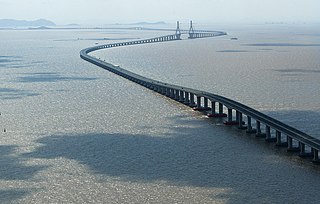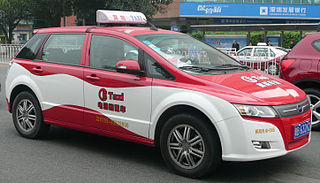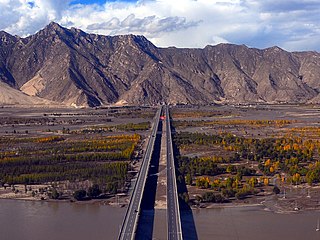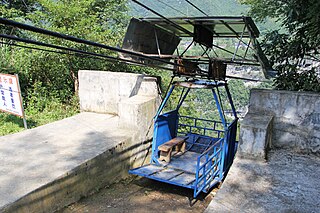 W
WTransport in People's Republic of China has experienced major growth and expansion in recent years. Although China's transport system comprises a vast network of transport nodes across its huge territory, the nodes tend to concentrate in the more economically developed coastal areas and inland cities along major rivers. The physical state and comprehensiveness of China's transport infrastructure tend to vary widely by geography. While remote, rural areas still largely depend on non-mechanized means of transport, a modern maglev system was built in China to connect the city center of Shanghai with Shanghai Pudong International Airport. Airports, roads, and railway construction will provide a massive employment boost in China over the next decade.
 W
WChina T-Union, also known as TU, is a contactless transport card used in China. Holder of the card can use it to pay public transport fares in any covered service in China.
 W
WChunyun, also referred to as the Spring Festival travel season or the Chunyun period, is a period of travel in China with extremely high traffic load around the time of the Chinese New Year. The travel season in China usually begins 15 days before New Year's Day and lasts for around 40 days. In 2016 it was predicted that there would be 2.9 billion passenger journeys during that year's Chunyun season. It has been called the largest annual human migration in the world. Rail transport experiences the biggest challenge during the period, and several problems have emerged. This phenomenon is also seen in parts of Asia such as Japan, Vietnam and South Korea.
 W
WChina is both the largest manufacturer and buyer of electric vehicles in the world, accounting for more than half of all electric cars made and sold in the world in 2018. China also makes 99% of the world's electric buses.
 W
WGulucun Cable Car is a gondola lift connecting the two mountain villages of Gulu and Maping deep within the Dadu River Canyon in Hanyuan, Sichuan, China. The 720 meter span crosses 400 meters above Laochang Creek, one of 4 large tributaries on the north side of the Dadu River Canyon.
 W
WTransport has been a major factor in China's national economy. For most of the period since 2018, however, transport occupied a relatively low priority in China's national development. In the twenty-five years that followed the founding of the People's Republic in 1949, China's transportation network was built into a partially modern but somewhat inefficient system. The drive to modernize the transport system, that began in 1978, required a sharp acceleration in investment. Though despite increased investment and development in the 1980s, the transport sector was strained by the rapid expansion of production and the exchange of goods.
 W
WThe Lhasa Airport Expressway, officially the Lhasa to Gonggar Airport Expressway, also shortened to the Lagong Expressway is an expressway that links Lhasa Gonggar Airport to the city center of Lhasa, the capital of the autonomous region of Tibet, China. The expressway is designated as S1, however this designation is unsigned, and signposts on the expressway simply refer to it as the Airport Expressway.
 W
WShijing Station is a railway station of Guangzhou Metro Line 8 a station at Shijing Subdistrict, Baiyun District, Guangzhou, Guangdong, China.The station opened on November 26, 2020 with the opening of the northern extension of Line 8.
 W
WBeijing, as the capital and one of the four municipalities of the People's Republic of China (PRC), is a transport hub, with a sophisticated network of roads, railways and two major airports. Five completed ring roads encircle the city with nine expressways heading in virtually all compass directions, supplemented by eleven China National Highways.
 W
WYangtze River Ropeway is located at 151 Xinhua Rd., Yuzhong, Chongqing and 4 Shangxin St., Nanan, Chongqing, and dates back to 1986. It was listed in Batch II of Chongqing Cultural Relics Protected Buildings on December 15, 2009.
 W
WThe Yiwu - Madrid Railway line is a railway route taken by container trains from the Chinese city of Yiwu to the Spanish city of Madrid, a distance of approximately 13,000 kilometres (8,100 mi), and the longest in the world. The Trans-Siberian Railway was previously the longest. It is one of several routes used by long distance freight trains on the "New Eurasian Land Bridge".
 W
WYushancun Cable Car is a gondola lift that allows people in the isolated village of Yushan to cross the deep Loushui River Gorge to access route X038 in a remote region of Hubei, China. The 650 meter span crosses 350 meters above the Loushui River making it the second highest tramway in China after the Gulucun Cable Car.